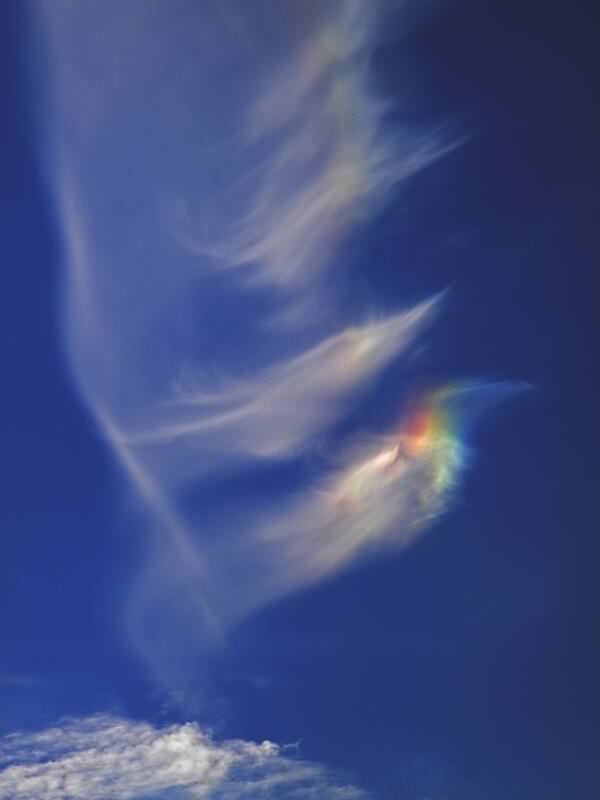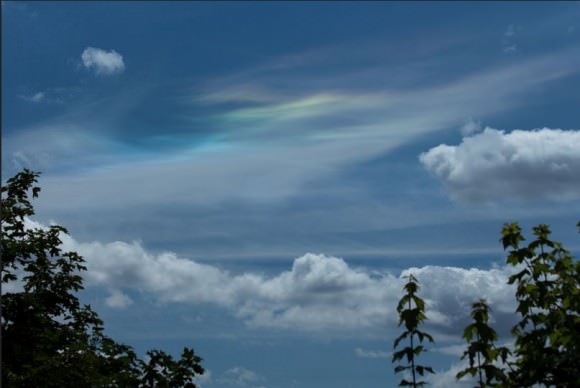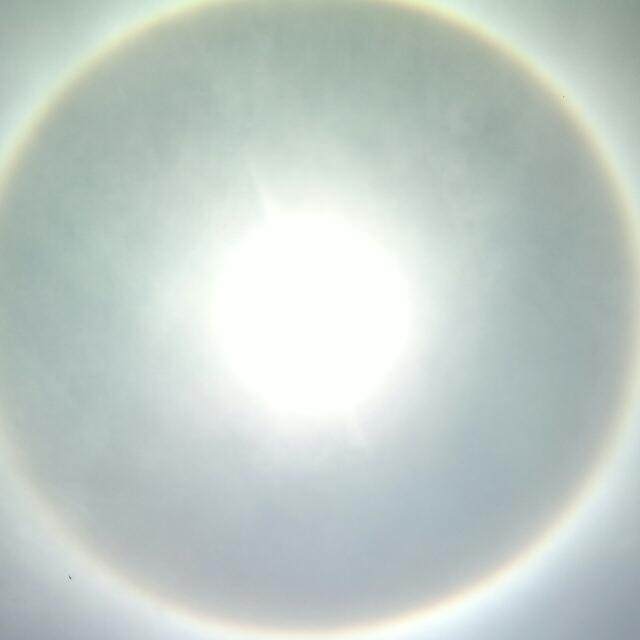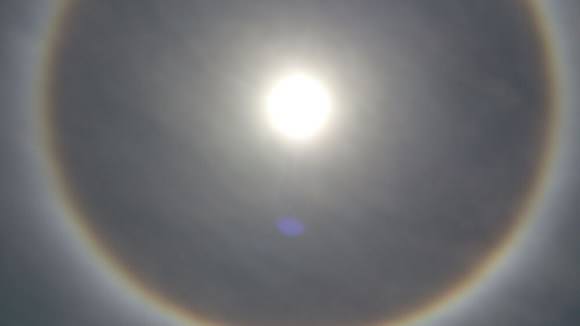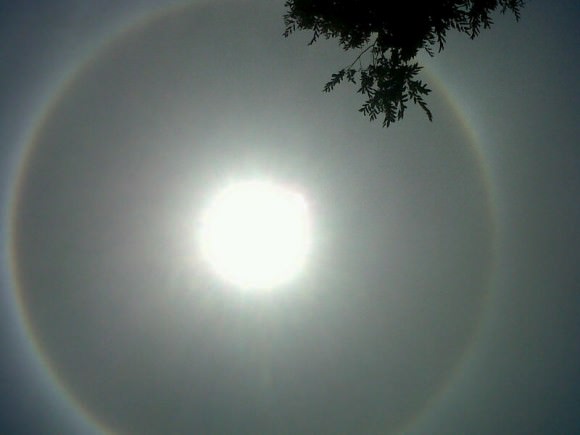When we think of exploring other planets and celestial bodies, we tend to focus on the big questions. How would astronauts live there when they’re not working? What kind of strategies and technology would be needed for people to be there long term? How might the gravity, environment, and radiation effect humans who choose to make places like the Moon, Mars, and other bodies place their home? We tend to overlook the simple stuff…
For example, what will it be like to look up at the sky? How will Earth, the stars, and any moon in orbit appear? And how will it look to watch the sun go down? These are things we take for granted here on Earth and don’t really ponder much. But thanks to NASA, we now have a tool that simulates what sunsets would look like from other bodies in the Solar System – from the hellish surface of Venus to the dense atmosphere of Uranus.
Continue reading “A Simulation of Sunsets on Other Worlds: From Venus to Titan”

